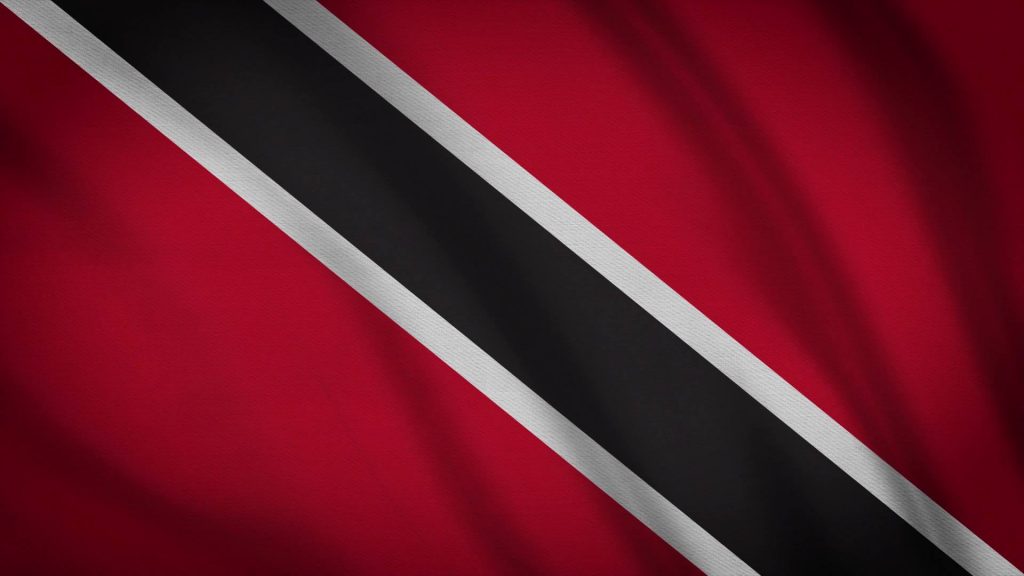
When is Independence Day?
This holiday is Trinidad and Tobago’s National Day and is always celebrated on August 31st. Independence Day marks Trinidad and Tobago’s independence from the United Kingdom in 1962.
History of Independence Day
Trinidad was one of the first islands to encounter Europeans when Christopher Columbus landed on July 31st 1498. Columbus observed Tobago but didn’t make landfall.
Since that first encounter, the islands had periods under rule from various colonial powers, Spanish, French and eventually British with Trinidad formally becoming a crown colony n 1802. The British took control of Tobago during the Napoleonic Wars and the two islands became a combined territory in 1889.
The country was part of the West Indies Federation from 1958 until 1962 when Trinidad and Tobago gained its independence from the United Kingdom on August 31st 1962.
Eric Williams, widely considered to be the ‘father of the nation’ became the first Prime Minister; he served from 1956, before independence, until his death in 1981. Trinidad and Tobago became a republic in 1976.
How is Independence Day celebrated?
Independence Day in Trinidad and Tobago is celebrated by official ceremonies in Scarborough, Tobago, and in the capital, Port of Spain, where parades began their procession through Queen’s Park Savannah. The city’s cultural heartbeat, the Savannah as it’s known locally is the oldest recreational ground in the West Indies. Musicians perform classic calypso hits, a form of Trinidadian folk music. Contemporary soca songs, a modern interpretation of calypso, entertain those who visit the historic city park seeking to enjoy the performances and celebrate their heritage.
In the evening, there is also an annual national ceremony where those who have served their country are presented with awards for their societal contributions. The celebrations come to a close with a grand display of fireworks at the Savannah as thousands sit back and enjoy the show.